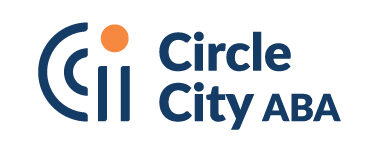If your child has been diagnosed with Autism Spectrum Disorder (ASD), you may have heard of applied behavior analysis (ABA) therapy. But what is it, and how does it work? In this blog post, we share a guide to the basics of ABA therapy and why it’s so effective for helping children with ASD learn how to communicate, interact with others, and develop important life skills.
What is ABA Therapy?
ABA therapy is a type of behavioral intervention based on the principles of operant conditioning. It involves applying positive reinforcement techniques to shape desired behaviors in individuals. In other words, it helps children learn how to behave in socially acceptable ways by rewarding desired behaviors and ignoring or providing gentle corrections for undesired behaviors.
When used as an autism treatment, ABA therapy focuses specifically on improving social skills, communication abilities, language development, problem-solving skills, memory skills, and self-help skills. The ultimate goal of an ABA program is to increase independence by teaching necessary skills for everyday life.
How Does ABA Therapy Work?
An ABA therapist will first assess your child’s existing language and social interactions in order to create a tailored program that meets their individual needs. An individualized plan can include anything from teaching basic communication techniques to reinforcing good behavior with rewards or adjusting the environment in order to reduce triggers for undesirable behavior. It all depends on the specific goals set out by the therapist and family members involved in the process.
The therapist will then use a variety of strategies such as positive reinforcement (e.g., verbal praise or treats), prompting (providing clues or hints), shaping (reinforcing small steps towards a goal), fading (gradually reducing prompts or reinforcement over time), chaining (breaking down complex tasks into smaller steps). All these strategies help reinforce desired behaviors while also providing tangible feedback so that your child can understand when they are on track or need adjustments in order to meet their goals. The most successful programs are those that involve consistency, meaning that a routine should be established between your child and their therapist for maximum progress toward their goals.
ABA therapy is an effective way for parents of children with ASD to help them reach their full potential through learning new skills and gaining greater independence. It is tailored specifically for each individual’s needs which makes it incredibly versatile when dealing with different challenges posed by Autism Spectrum Disorder. With proper guidance from an experienced therapist who understands both your child’s needs and your own parenting style, you can feel confident you are doing all you can to ensure your child’s success now and in the future!
What’s the next step?
We invite you to learn more and start your journey today at www.circlecityaba.com. Circle City ABA has locations in Arizona, Indiana, Iowa, Georgia, and Nebraska.



